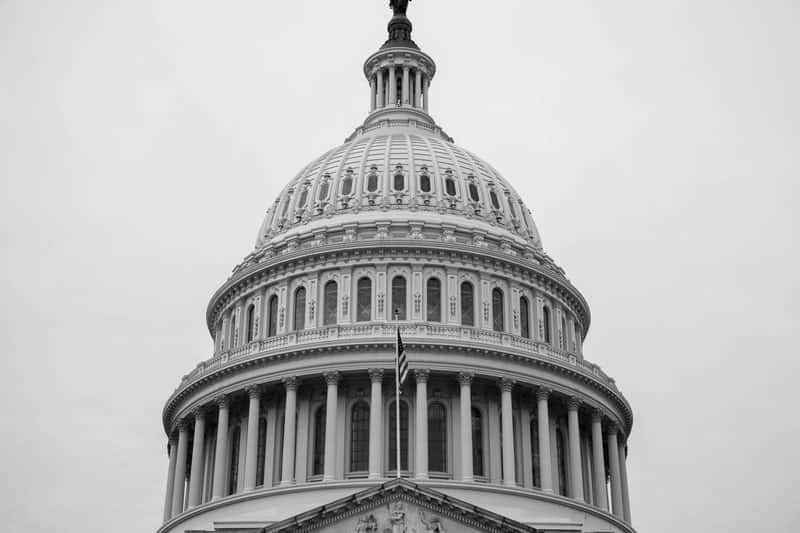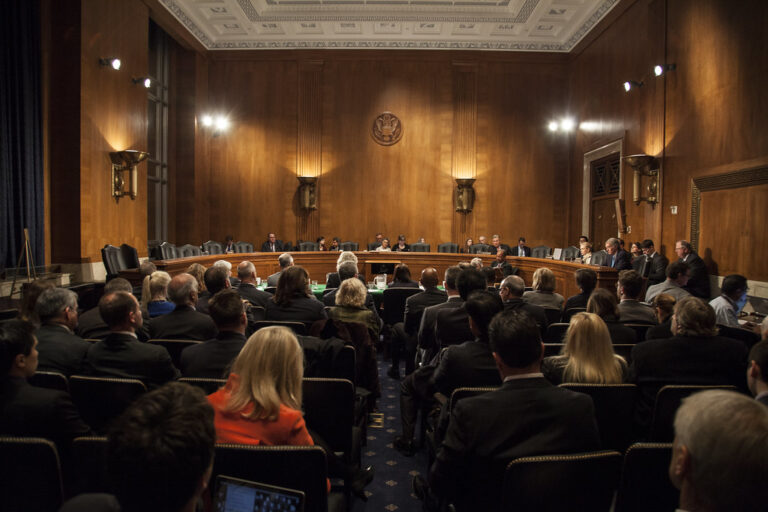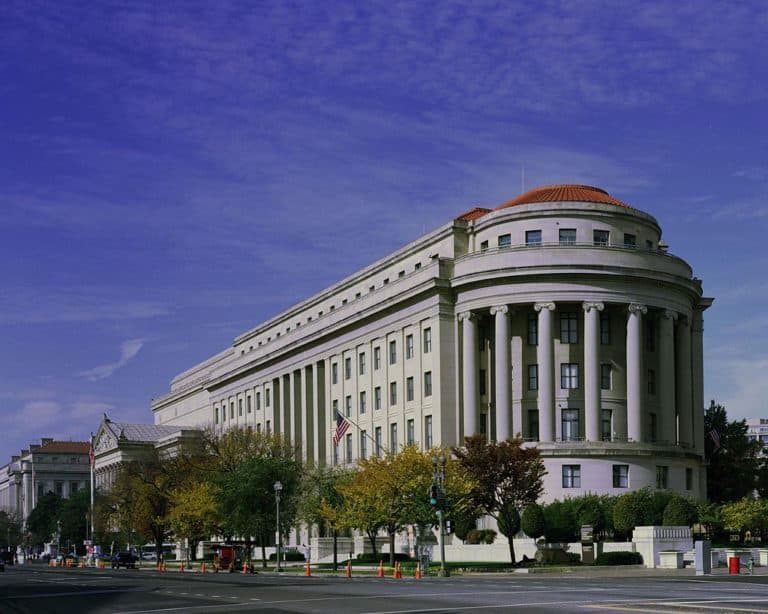
Rund Khayyat is a student at Harvard Law School.
President-elect Joe Biden unveiled his $1.9 trillion Covid-19 relief plan on Thursday, 6 days before his inauguration. Biden’s “American Rescue Plan,” which Biden’s transition team called “ambitious, but achievable” is designed to stimulate the struggling economy, and to contain the surging pandemic. The proposal, which Biden indicated is the first of a 2-step plan, comes as Covid-19 deaths hit record highs and governments tighten lockdowns to stymie the virus’ spread during the winter months. Unemployment claims surged last week by the highest numbers since March, and the economy lost 140,000 jobs in December.
The proposal includes many Democratic platform promises, including a wave of new spending, the expansion of vaccinations and virus-testing programs, enhanced jobless benefits, a $15 minimum wage, and workplace protections specific to Covid-19. Here is an overview:
Stimulus checks: The plan will boost direct payments to individuals to $2,000 for most Americans, on top of the $600 that Congress approved in December. It will also expand eligibility for the stimulus payments to Americans who are married to undocumented residents, and to adults who are dependents on other’s income tax returns, such as college students or elderly individuals under the care of their adult children.
Minimum wage: The package also contains a key Democratic priority – it will seek to increase the federal minimum wage to $15 an hour.
The federal minimum wage has remained at $7.25 since 2009, even though for decades, U.S. workers have seen their compensation increase at a much slower pace than their hourly output. Fast-food workers have planned a nationwide strike today to demand the $15 minimum wage, and as OnLabor has regularly reported, workers in other industries have taken similar actions in recent years. Biden’s new plan will also include other changes sought by labor groups, such as ending the practice of a lower minimum wage for tipped workers, like restaurant workers, and to people with disabilities.
Though higher minimum wages have long been subject to debate, the $15 wage has gained traction in recent decades, and particularly in the recent year. A record-breaking number of jurisdictions, 20 states and 32 cities and counties, raised their wage floors in 2021. In 27 of those places, the pay floor will reach or exceed $15. Later this year, five states and 18 cities and counties will follow with additional minimum wage increases, for a total of 23 jurisdictions. The movement has even gained strength in conservative states with low union membership and weak labor laws – for instance, a ballot measure to implement a $15 minimum wage in Florida passed in November.
With the historic gains in 2020, 42 percent of the U.S. workforce will be covered by $15 minimum wage laws by 2026, according to a recent report by the National Employment Law Project (NELP).
The Fight for $15 is crucial as workers struggle amid a coronavirus pandemic that has left millions unemployed. People of color stand to gain the most from a higher minimum-wage because many hourly service workers are Black, Hispanic, Native American and Asian. A 2018 study from the Economic Policy Institute (EPI) found that workers of color are more likely to be paid poverty-level wages than their white counterparts.
Unemployment Insurance: Biden’s plan would extend and expand the unemployment benefits that were scheduled to end in March: the plan would increase the weekly federal benefit from $300 to $400, and would extend it through the end of September. Moreover, the plan would extend benefits for self-employed individuals, gig workers, and those who have exhausted their regular jobless benefits.
Paid Leave: Biden’s plan will mandate that employers, regardless of size, offer both paid sick leave plus paid family and medical leave for reasons related to the pandemic (this will expand the benefit to 106 million workers). The plan thus eliminates the exemptions in last year’s mandate for employers with more than 500 employees or fewer than 50, as well as the exemption for health-care workers. The proposal may ultimately provide parents, and family members caring for sick relatives or out-of-school children, with more than 14 weeks of paid sick and family leave.
Workplace Safety and Hazard Pay: The plan will ask Congress to give OSHA the authority to issue a Covid-19 protection standard that covers a broad set of workers, including frontline state and local government employees who OSHA regulations don’t traditionally protect. The plan also calls for companies to provide hazard pay, including back pay, for essential workers like grocery and retail workers.
Passage: Some of the plan’s key provisions, including the stimulus payments, jobless benefits and $15 minimum wage, could likely be passed using the fast-track budget reconciliation, where a bare majority is enough for passage. However, the Biden administration would need 10 Senate Republican votes to pass other measures including vaccine funding and money for schools and state and local governments – or will require Democrats to use their power to change the rules.
Biden expects to propose a second economic recovery plan in coming weeks, aimed at longer-term job creation and development goals such as climate change.






Daily News & Commentary
Start your day with our roundup of the latest labor developments. See all
November 23
Workers at the Southeastern Pennsylvania Transportation Authority vote to authorize a strike; Washington State legislators consider a bill empowering public employees to bargain over workplace AI implementation; and University of California workers engage in a two-day strike.
November 21
The “Big Three” record labels make a deal with an AI music streaming startup; 30 stores join the now week-old Starbucks Workers United strike; and the Mine Safety and Health Administration draws scrutiny over a recent worker death.
November 20
Law professors file brief in Slaughter; New York appeals court hears arguments about blog post firing; Senate committee delays consideration of NLRB nominee.
November 19
A federal judge blocks the Trump administration’s efforts to cancel the collective bargaining rights of workers at the U.S. Agency for Global Media; Representative Jared Golden secures 218 signatures for a bill that would repeal a Trump administration executive order stripping federal workers of their collective bargaining rights; and Dallas residents sue the City of Dallas in hopes of declaring hundreds of ordinances that ban bias against LGBTQ+ individuals void.
November 18
A federal judge pressed DOJ lawyers to define “illegal” DEI programs; Peco Foods prevails in ERISA challenge over 401(k) forfeitures; D.C. court restores collective bargaining rights for Voice of America workers; Rep. Jared Golden secures House vote on restoring federal workers' union rights.
November 17
Justices receive petition to resolve FLSA circuit split, vaccine religious discrimination plaintiffs lose ground, and NJ sues Amazon over misclassification.